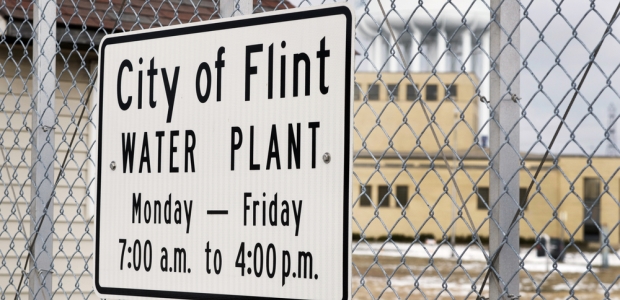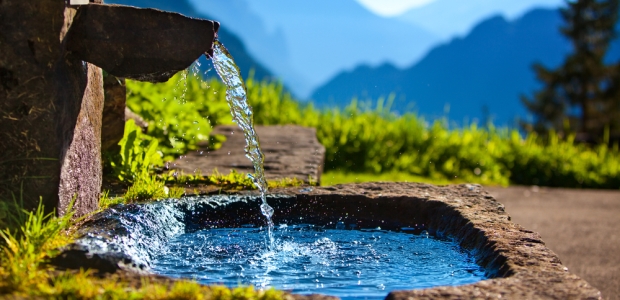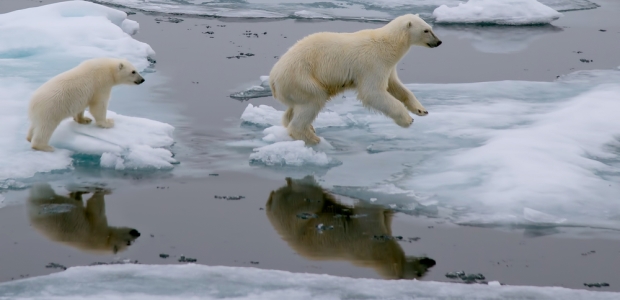
CDC continues to recommend that all children under age 6 living in the city of Flint have their blood tested for lead by a health care provider, particularly if they have not had a blood lead test since October 2015.
Tractor spraying soybean crops field at spring season, often using herbicides, which may leech through the soil into water sources below and possibly end up in human or animal drinking water.

LEDs have been a defining factor in many technological innovations, and water treatment is no exception. Although mercury lamp accidents are rare when lamps are installed correctly, the benefits of UV-C LEDs have begun to outweigh the need to stay with the status quo.
According to UNEP, a wealth of statistics and research point to strong links between the use of natural resources and conflict.
As of Jan. 16, more than 11,300 homes had been visited by the water response teams that are distributing bottled water, filters, replacement cartridges, and water testing kits.

The 17 goals build on the eight Millennium Development Goals that sought to eradicate extreme poverty and hunger, achieve universal primary education, reduce child mortality; ensure environmental sustainability, and more.
FEMA's announcement said the pretreatment facility will filter out debris, turbidity, and heavy metals discharged into the watershed that feeds the New Hogan Reservoir.

As part of this outreach, the Obama administration released a new report that lays out the water innovation strategy in greater detail and hosted a roundtable on water innovation Dec. 15.
On Oct. 16, 2015, the city switched back to the Detroit Water and Sewerage Department as its source of water, but lead levels "remain well above the federal action level of 15 parts per billion in many homes," according to the city's announcement.
The settlement consists of $1.2 billion in previously unobligated recovery funds. The city of New Orleans, Sewerage and Water Board of New Orleans, and the Governor's Office of Homeland Security and Emergency Preparedness worked with FEMA to develop a final estimate of eligible costs for repairs.

WHO estimates that climate change is already causing tens of thousands of deaths per year from shifting patterns of disease, extreme weather events, and from the degradation of air quality, food and water supplies, and sanitation.

It is expected that EO 13693 will be adopted by many private buildings and facilities as they seek ways to be greener and more sustainable.
A research team at MIT may have found a solution to making desalination a much more affordable and efficient process by using new filters make from graphene.

It was recently reported that California is using 31 percent less water today than it did in 2013. When you think about it, this milestone is actually part of a number of amazing developments in reducing the state's water consumption.

They are due by Sept. 25 for the prize, which has been bestowed by the Stockholm International Water Institute for the past 25 years for extraordinary water achievements.
McLean County's 9,500 residents are now served by five water systems, all of which nearing their functional life expectancy and struggling to meet the safe operating standards of federal regulations.

We need to start examining the processes within Water-Energy Nexus the same way we are examining HVAC efficiencies: at the molecular level, using nanotechnology.
U.S. Bankruptcy Judge Ronald Pearson, in a 10-page order, said Freedom Industries' plan was not acceptable primarily because of "the unsettled terms of environmental remediation, a matter of highest priority in the case."
From May 3-9, agencies such as the Department of Environmental Protection in Pennsylvania and the Ohio EPA are honoring National Drinking Water Week.

The U.S. Department of Agriculture (USDA) has announced a $235 million investment for improving water quality, drought prevention, and habitat protection through the Regional Conservation Partnership Program (RCPP).